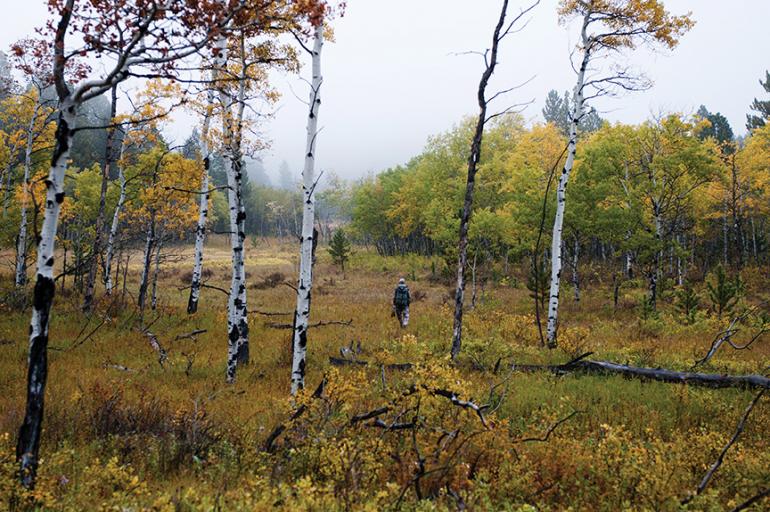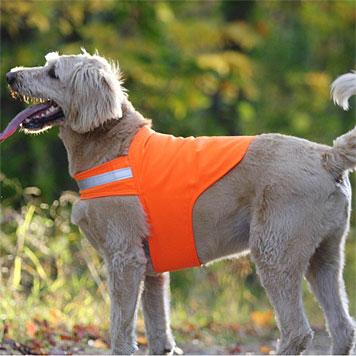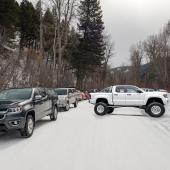Heads-Up Hunting
It’s fall, which means whether you hunt or not, people will be in the woods with guns. While most Montana hunters are well-versed in ethics, safety, and protocol, a refresher never hurts. Non-hunters: you can take extra steps to ensure you understand the implications of this iconic Montana pastime and stay safe out there. Here’s some helpful info for everyone to keep in mind this season.
A Cleaner Kill
No recreational group is under more scrutiny than hunters, so it’s essential that we the lead in “Leave No Trace” practices. Here are a few to consider:
• Shell Casings. There is no more apparent piece of litter that brands a hunter as a slob than the spent shell. When left in great numbers at a target range or in the duck blind, they can lead to closures and vocal disapproval from the non-hunting public.
• Gut Piles. Unique to hunting, the gut pile is the one thing nearly everyone leaves behind. Try to field-dress your animal in an inconspicuous location, and cover the offal with dirt, branches, twigs, and rocks to minimize the odor and shine that attracts scavengers and hungry predators, and draws the ire of non-hunters.
• Scat. Few things are more unpleasant than putting your boot down in a wad of human feces. Bring a shovel, dig a cathole, and pack the wipes out in a zip-lock bag.
• Litter. When hunting, the most convenient nourishment happens to come pre-packaged. Keep a spare plastic grocery bag on hand and designate it for snack trash.
Non-Hunter Protocol
Certain people don’t hunt, and that’s fine—except when their recreation interferes with a hunter’s, who has but a limited time to bag his intended quarry. The following is a list of rules and guidelines by which every non-hunter should abide.
• Do some research. Know hunting-season dates and understand when and where hunters will be hunting different animals.
• Respect gets respect. Don’t act offended at the sight of blaze orange or the occasional bloody backpack, and we won’t judge your designer running shorts and $4,000 bike.
• Hunting dogs for hunting season. The time and dedication required to train any hunting dog is worthy of respect. When sharing the land with hunters and their dogs, keep yours under control or leave it at home.
• Stay close to home. In southwest Montana, there’s more than ample area and opportunity for non-hunters to enjoy their outdoor recreation. If you’re more than 20 minutes from a brewery, though, you’re in hunting territory. Act accordingly.
• Orange is the new black. If one must venture out into popular hunting areas during the season, consider donning safety orange, particularly for your dog.
• Bears like guts. Successful hunters usually leave behind entrails from field-dressing a game animal. Pre-hibernation bears seek out these easy calories, so it pays to avoid frequently hunted areas.
• Netflix. If you spent your summer months out and about, you probably missed some good TV. Let the hunters have the area while your Lycra-clad hind end catches up on the “Real Housewives of the Yellowstone Club.”
Do the Right Thing
Elk bugles piercing the morning stillness, massive muley antlers emerging behind a juniper, a cock pheasant bursting skyward in an explosion of wingbeats... the thrill of the hunt runs deep in Montana. But inseparable from the hunting experience are the inevitable ethical dilemmas that confront sportsmen in their pursuit of game—and to help hunters make the right choices while afield, Montana Fish, Wildlife & Parks has added a page to its website about hunting ethics, called Pass It On.














